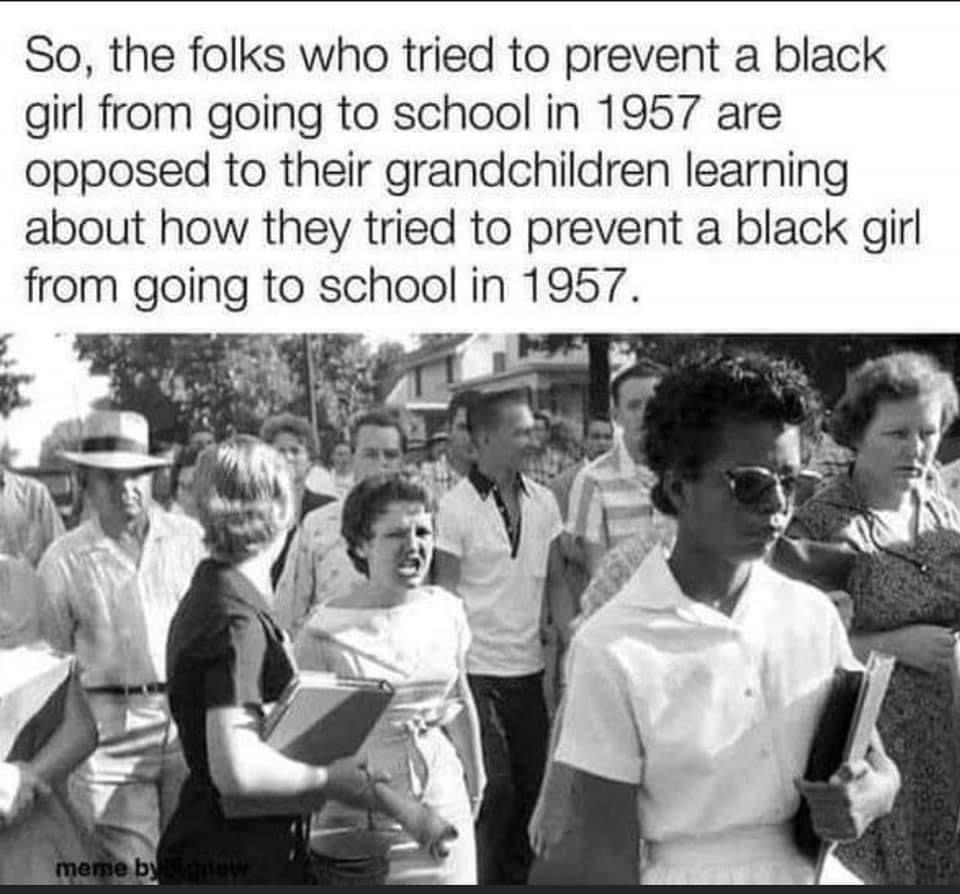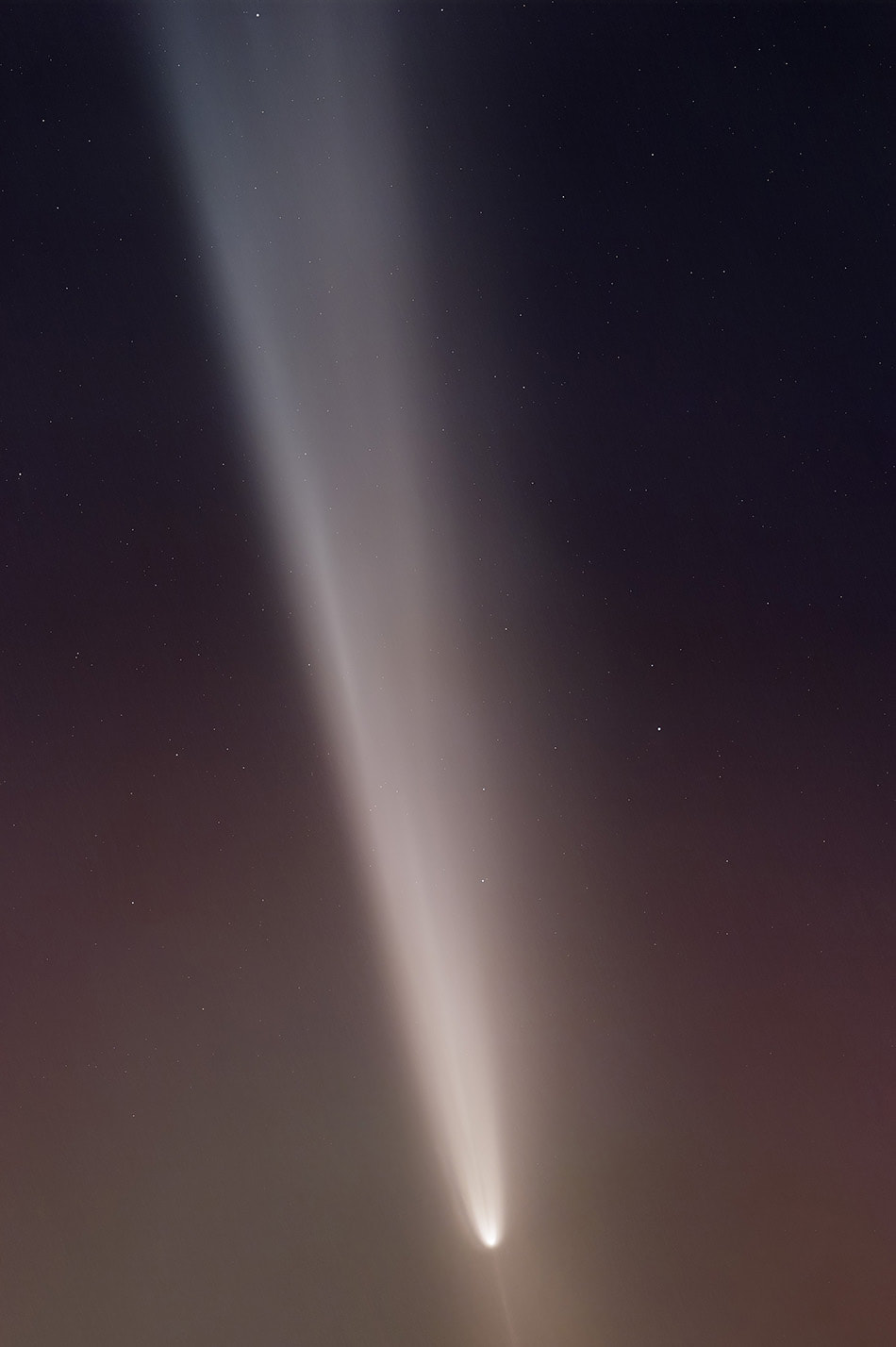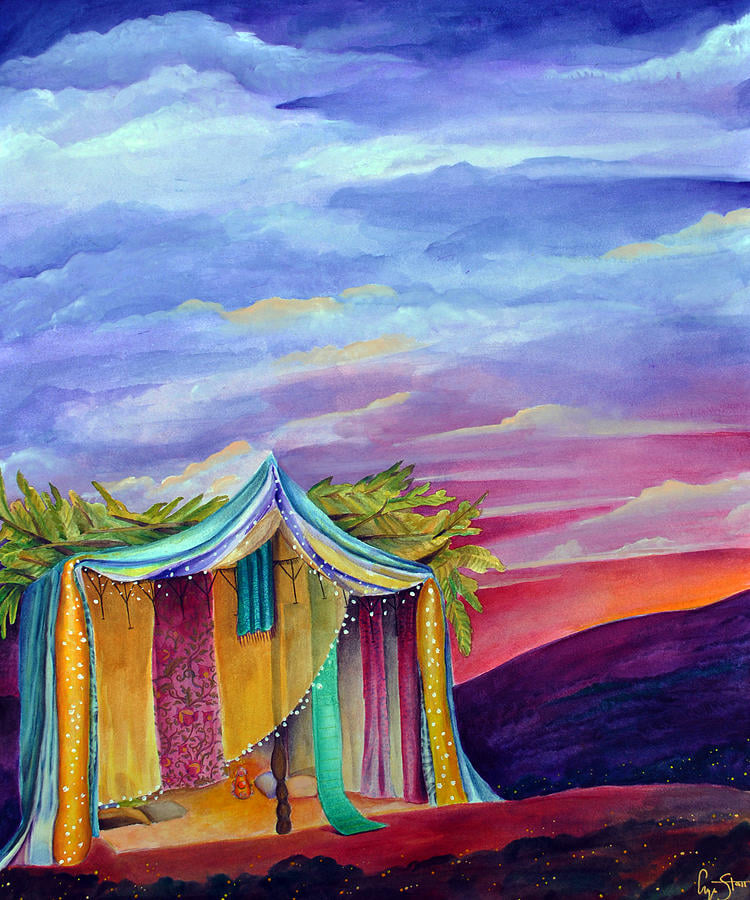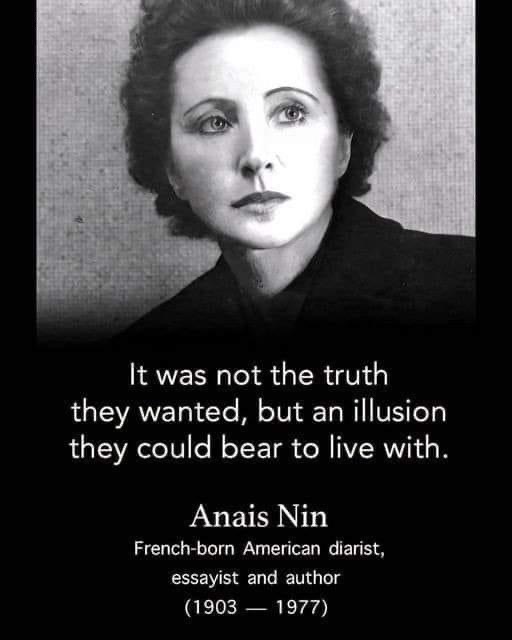Blog
Winston Hubert McIntosh OM GCOT (19 October 1944 – 11 September 1987), professionally known as Peter Tosh, was a Jamaican reggae musician. Along with Bob Marley and Bunny Wailer, he was one of the core members of the band the Wailers (1963–1976), after which he established himself as a successful solo artist and a promoter of Rastafari. He was murdered in 1987 during a home invasion.
Tosh was born Winston Hubert McIntosh in Westmoreland, the westernmost parish of Jamaica. He was abandoned by his parents and “shuffled among relatives”. When McIntosh was fifteen, his aunt died and he moved to Trenchtown in Kingston, Jamaica. He was educated in Bluefields up to age 17, then moved to Kingston to live with his aunt. He began an apprenticeship as a welder.
He first learned guitar after watching a man in the country play a song that captivated him. He watched the man play the same song for half a day, memorizing everything his fingers were doing. He then picked up the guitar and played the song back to the man. The man then asked McIntosh who had taught him to play; McIntosh told him that he had. During the early 1960s, as an aspiring musician, Tosh went to vocal teacher Joe Higgs, who gave free music lessons to young people. Through his contact with Higgs, Tosh met Robert Nesta Marley (Bob Marley) and Neville O’Reilly Livingston (Bunny Wailer). He then changed his name to Peter Tosh and the trio started singing together in 1962. Higgs taught the trio to harmonise and while developing their music, they would often play on the street corners of Trenchtown.
Tosh said he did not have any money in the house, after which Lobban and the fellow gunmen began opening fire in a reckless manner. Tosh was shot twice in the head and killed. Herbalist Wilton “Doc” Brown and disc jockey Jeff ‘Free I’ Dixon also died as a result of wounds sustained during the robbery. Several others in the house were wounded, including Tosh’s common law wife Andrea Marlene Brown, Free I’s wife Yvonne (“Joy”); Tosh’s drummer Carlton “Santa” Davis, and musician Michael Robinson.
more...Farid al-Atrash (Arabic: فريد الأطرش; October 19, 1917 – December 26, 1974), also spelled Farid El-Atrache, was a Syrian-Egyptian singer, oudist, composer, and actor. Although born in Syria, he immigrated to Egypt at the age of nine with his mother and siblings, where he eventually became one of the most noted figures in 20th-century Arabic music.
Al-Atrash embarked on a highly successful career spanning more than four decades, recording 500 songs and starring in 31 movies. He is also widely regarded for his virtuosity on the Arabic oud, and has sometimes been given the epithet “King of the Oud” (“Malek al-Oud”).
more...Friday October 18th 2024 6pm Sukkot Service with Inbal Sharett-Singer, Jayson Rodovsky, Jeff Bailey, Pete Whitman and mick laBriola.
more...On October 14 it was hard to capture a full view of Comet C/2023 A3 Tsuchinshan-ATLAS. Taken after the comet’s closest approach to our fair planet, this evening skyview almost does though. With two telephoto frames combined, the image stretches about 26 degrees across the sky from top to bottom, looking west from Gates Pass, Tucson, Arizona. Comet watchers that night could even identify globular star cluster M5 and the faint apparition of periodic comet 13P Olbers near the long the path of Tsuchinshan-ATLAS’s whitish dust tail above the bright comet’s coma. Due to perspective as the Earth is crossing the comet’s orbital plane, Tsuchinshan-ATLAS also has a pronounced antitail. The antitail is composed of dust previously released and fanning out away from the Sun along the comet’s orbit, visible as a needle-like extension below the bright coma toward the rugged western horizon.

Esperanza Emily Spalding (stylized in lowercase, born October 18, 1984) is an American bassist, singer, songwriter, and composer. Her accolades include five Grammy Awards, a Boston Music Award, a Soul Train Music Award, and two honorary doctorates: one from her alma mater Berklee College of Music and one from the California Institute of the Arts (CalArts).
Born and raised in Portland, Oregon, Spalding began playing music professionally in her childhood, performing as a violinist in the Chamber Music Society of Oregon at age five. She was later both self-taught and trained on other instruments, including guitar and bass. Her proficiency earned her academic scholarships to Portland State University and Berklee College of Music, both of which she attended, studying music.
Spalding released her first album, Junjo, in 2006 on the Spanish label Ayva Musica, after which she signed with the independent American label Heads Up, who released her 2008 self-titled album. Her third studio album, Chamber Music Society (2010), was a commercial success, charting at number 34 on the Billboard 200, and resulting in Spalding winning her first Grammy Award for Best New Artist. She saw further acclaim for her fourth release, Radio Music Society (2012), which earned the Grammy for Best Jazz Vocal Album, as well as the track “City of Roses” winning for Best Arrangement, Instrument and Vocals.
After spending the following several years performing as a supporting band player, Spalding released her fifth studio album, a funk rock-inspired concept album titled Emily’s D+Evolution, co-produced by Tony Visconti, on Concord Records. The following year, she released the album Exposure, which was limited to 7,777 copies. Her subsequent sixth studio record, 12 Little Spells, was released in 2019, and peaked at number one on Billboard’s Top Jazz Albums. The album also saw Spalding nominated for two Grammy Awards, winning in the Best Jazz Vocal Album category.
In addition to writing and performing music, Spalding has also worked as an instructor, first at the Berklee College of Music, beginning at age 20. In 2017, Spalding was appointed professor of the practice of music at Harvard University, a position from which she resigned in 2022.
more...Wynton Learson Marsalis (born October 18, 1961) is an American trumpeter, composer, and music instructor, who is currently the artistic director of Jazz at Lincoln Center. He has been active in promoting classical and jazz music, often to young audiences. Marsalis has won nine Grammy Awards, and his oratorio Blood on the Fields was the first jazz composition to win the Pulitzer Prize for Music. Marsalis is the only musician to have won a Grammy Award in both jazz and classical categories in the same year.
Marsalis was born in New Orleans, Louisiana, on October 18, 1961, and grew up in the suburb of Kenner. He is the second of six sons born to Dolores Ferdinand Marsalis and Ellis Marsalis Jr., a pianist and music teacher. He was named after jazz pianist Wynton Kelly. Branford Marsalis is his older brother and Jason Marsalis and Delfeayo Marsalis are younger. All three are jazz musicians. While sitting at a table with trumpeters Al Hirt, Miles Davis, and Clark Terry, his father jokingly suggested that he might as well get Wynton a trumpet, too. Hirt volunteered to give him one, so at the age of six Marsalis received his first trumpet.
Although he owned a trumpet when he was six, he did not practice much until he was 12. He attended Benjamin Franklin High School and the New Orleans Center for Creative Arts. He studied classical music at school and jazz at home with his father. He played in funk bands and a marching band led by Danny Barker. He performed on trumpet publicly as the only black musician in the New Orleans Civic Orchestra. After winning a music contest at fourteen, he performed Joseph Haydn’s trumpet concerto with the New Orleans Philharmonic. Two years later he performed Brandenburg Concerto No. 2 in F Major by Bach. At seventeen, he was one of the youngest musicians admitted to Tanglewood Music Center. Marsalis applied to only two music colleges, the Juilliard School and Northwestern University. He was accepted to both schools and chose to attend the former.
more...Laura Nyro ( born Laura Nigro; October 18, 1947 – April 8, 1997) was an American songwriter and singer. She achieved critical acclaim with her own recordings, particularly the albums Eli and the Thirteenth Confession (1968) and New York Tendaberry (1969), and had commercial success with artists such as Barbra Streisand and the 5th Dimension recording her songs. Wider recognition for her artistry was posthumous, while her contemporaries such as Elton John idolized her. She was praised for her emotive three-octave mezzo-soprano voice.
Between 1968 and 1970, a number of artists had hits with her songs: the 5th Dimension with “Blowing Away“, “Wedding Bell Blues“, “Stoned Soul Picnic“, “Sweet Blindness“, and “Save the Country“; Blood, Sweat & Tears and Peter, Paul and Mary with “And When I Die“; Three Dog Night and Maynard Fergusonwith “Eli’s Comin’“; and Barbra Streisand with “Stoney End“, “Time and Love”, and “Hands off the Man (Flim Flam Man)”. Nyro’s best-selling single was her recording of Carole King‘s and Gerry Goffin‘s “Up on the Roof“.
Nyro was posthumously inducted into the Songwriters Hall of Fame in 2010, and into the Rock and Roll Hall of Fame in 2012.
more...William “Billy” Cox (born October 18, 1941 Wheeling, WV) is an American bassist, best known for performing with Jimi Hendrix. Cox is the only surviving musician to have regularly played with Hendrix: first when both were in the Army, then in 1969 with the experimental group that backed Hendrix at Woodstock (informally referred to as “Gypsy Sun and Rainbows”), followed by the trio with drummer Buddy Miles that recorded the live Band of Gypsys album, and, lastly, The Cry of Love Tour trio with Mitch Mitchell back on drums. Cox continues to perform dates with the Band of Gypsys Experience and the Experience Hendrix Tour.
In addition to Hendrix, he has either been a member of the house or touring band or recorded sessions for Sam Cooke, Slim Harpo, Joe Simon, Charlie Daniels, John McLaughlin, Rufus Thomas, Carla Thomas, Lou Rawls, Etta James, Jackie Wilson and Little Richard.
more...Charles Edward Anderson Berry (October 18, 1926 – March 18, 2017 St Louis) was an American singer, guitarist and songwriter who pioneered rock and roll. Nicknamed the “Father of Rock and Roll“, he refined and developed rhythm and blues into the major elements that made rock and roll distinctive with songs such as “Maybellene” (1955), “Roll Over Beethoven” (1956), “Rock and Roll Music” (1957), and “Johnny B. Goode” (1958). Writing lyrics that focused on teen life and consumerism, and developing a music style that included guitar solos and showmanship, Berry was a major influence on subsequent rock music.
Born into a middle-class black family in St. Louis, Berry had an interest in music from an early age and gave his first public performance at Sumner High School. While still a high school student, he was convicted of armed robbery and was sent to a reformatory, where he was held from 1944 to 1947. After his release, Berry settled into married life and worked at an automobile assembly plant. By early 1953, influenced by the guitar riffs and showmanship techniques of the blues musician T-Bone Walker, Berry began performing with the Johnnie Johnson Trio. His break came when he traveled to Chicago in May 1955 and met Muddy Waters, who suggested he contact Leonard Chess, of Chess Records. With Chess, he recorded “Maybellene”—Berry’s adaptation of the country song “Ida Red“—which sold over a million copies, reaching number one on Billboard magazine’s rhythm and blues chart.
By the end of the 1950s, Berry was an established star, with several hit records and film appearances and a lucrative touring career. He had also established his own St. Louis nightclub, Berry’s Club Bandstand.He was sentenced to three years in prison in January 1962 for offenses under the Mann Act—he had transported a 14-year-old girl across state lines for the purpose of having sexual intercourse. After his release in 1963, Berry had several more successful songs, including “No Particular Place to Go“, “You Never Can Tell“, and “Nadine“. However, these did not achieve the same success or lasting impact of his 1950s songs, and by the 1970s he was more in demand as a nostalgia performer, playing his past material with local backup bands of variable quality. In 1972, he reached a new level of achievement when a rendition of “My Ding-a-Ling” became his only record to top the charts. His insistence on being paid in cash led in 1979 to a four-month jail sentence and community service, for tax evasion.
Berry was among the first musicians to be inducted into the Rock and Roll Hall of Fame on its opening in 1986; he was cited for having “laid the groundwork for not only a rock and roll sound but a rock and roll stance.”[8] Berry is included in several of Rolling Stone magazine’s “greatest of all time” lists; he was ranked fifth on its 2004 and 2011 lists of the 100 Greatest Artists of All Time and 2nd greatest guitarist of all time in 2023. The Rock and Roll Hall of Fame’s 500 Songs That Shaped Rock and Roll includes three of Berry’s: “Johnny B. Goode”, “Maybellene”, and “Rock and Roll Music”. “Johnny B. Goode” is the only rock-and-roll song included on the Voyager Golden Record.
more...Soleares
The presence of a dancer expands the overall form of a soleares performance to include footwork. The dancer also has a role in each part of a performance.
-
Entrada/Salida
-
The dancer’s entrance, usually performed to a guitarist’s falseta or rhythm music. Also often performed as the singer performs the temple/salida.
-
-
Llamada A cue for the singer
-
Often percussive and marked by bold gestures, the llamada cues the singer to sing the first letra.
-
-
Letra
-
The dancer interprets the mood and rhythm of the singer’s letra, often using traditional steps, phrases and patterns. Most letras are approximately 7-8 sets of compás (sets of 12 count phrases).
-
-
Falseta
-
It isn’t standard practice, but a guitarist will often perform one of more falsetas for the dancer to interpret lyrically. This section usually occurs after a letra.
-
-
Subida, palmas, escobilla
-
The dancer will often use footwork or palmas to speed up the tempo (the subida), leading either into a fast, repetitive footwork sequence that leads into the escobilla.
-
-
Llamada, letra, subida, remate
-
The sequence of steps described above, from llamada through subida, is often repeated with a second letra building up to a remate (a finish/finishing moment). This pattern may be repeated for a third letra as well, again culminating in a remate.
-
-
Escobillas
-
Long sequences of footwork, accompanied on the guitar either playing a palo seco (dry) or performing a standardized arpeggio pattern.
-
-
Bulerías, Finale
-
A soleares performance will often close with a transition into a bulerías, a faster form with a related underlying compás. This may be brief, just long enough to get the dancer off stage, or as long or longer than the initial soleares. The dancer may also choose to transition to soléa por bulerías briefly, and then into bulerías.
-
Racism 1957 to 2024
Go figure!
November 1919 with riots, lynchings, and mobs across the country. Hundreds of African American lives were claimed and hundreds more were left maimed and homeless. The most violent episodes occurred in Chicago, IL, Washington, D.C. and Elaine, AR and were precursors for what many are now learning to be the Black Wall Street Massacre in Tulsa. Fast forwarding to a century later, the COVID-19 pandemic, the murder of George Floyd and the protests demonstrations attended by millions, as well as the insurrection of 2021, all mirror a place that we have seen before in this country. It seems that syndemics, or rather the aggregation of multiple epidemics (e.g., coronavirus, police brutality), followed by racial violence are the strands that make up America’s DNA. 
Emmanuel “Rico” Rodriguez MBE (17 October 1934 – 4 September 2015), also known as Rico, Reco or El Reco, was a Cuban-born Jamaican ska and reggae trombonist. He recorded with producers such as Karl Pitterson, Prince Buster, and Lloyd Daley. He was known as one of the first ska musicians. Beginning in the 1960s, he worked with The Members, The Specials, Jools Holland, and Paul Young.
Rodriguez was born in Havana, Cuba, and at an early age moved with his family to Jamaica. He grew up there in Kingston, and was taught to play the trombone by his slightly older schoolmate Don Drummond at the Alpha Boys School. In the 1950s, Rodriguez became a Rastafarian and was closely associated musically to the rasta drummer Count Ossie.
In 1961 Rodriguez moved to the UK, where he joined live bands such as Georgie Fame‘s Blue Flames and started to play in reggae bands. Rodriguez also began recording with his own band, Rico’s All Stars, and later formed the group Rico and the Rudies, recording the 1969 albums Blow Your Horn and Brixton Cat. In 1976 he recorded the album Man from Wareika under a contract with Island Records. In the late 1970s, he recorded a song called Offshore Banking Business with The Members and with the arrival of the 2 Tone genre, he played with ska revival bands such as The Specials including their single “A Message to You, Rudy“.
more...Adam Block pic 10-13-24
C/2023 A3 (Tsuchinshan–ATLAS) (or Comet Tsuchinshan–ATLAS or simply Comet A3) is a comet from the Oort cloud discovered by the Purple Mountain Observatory in China on 9 January 2023 and independently found by ATLAS South Africa on 22 February 2023. The comet passed perihelion at a distance of 0.39 AU (58 million km; 36 million mi) on 27 September 2024, when it became visible to the naked eye. Tsuchinshan-Atlas peaked its brightest magnitude shortly after passing the Sun at 9 October, with a magnitude of −4.9 per reported observations at the Comet Observation Database (COBS).

Nel Ust Wyclef Jean (born October 17, 1969) is a Haitian rapper and record producer. At the age of nine, he emigrated with his family to the Northeastern United States. In 1990, he formed the New Jersey–based hip hop trio Fugees with fellow musicians Lauryn Hill and Pras Michel. Jean served as lead guitarist and producer. The group released the albums Blunted on Reality (1994) and The Score (1996), the latter becoming one of the best-selling albums of all time. Following their success, Jean released his debut solo album, Wyclef Jean Presents The Carnival (1997), which yielded the Billboard Hot 100-top ten single “Gone till November“.
In 1997, Jean guest featured on Destiny Child‘s breakout single “No, No, No“. Afterwards, he co-wrote the 1999 singles “My Love Is Your Love” for Whitney Houston, and “Maria Maria” for Santana. His second solo album, The Ecleftic: 2 Sides II a Book (2000) was supported by the top 40 single “911” (featuring Mary J. Blige), and received platinum certification by the Recording Industry Association of America (RIAA). His third album, Masquerade (2002), peaked within the top ten of the Billboard 200. He guest performed on Shakira‘s 2006 single, “Hips Don’t Lie“, which peaked atop the Billboard Hot 100. The following year, his single “Sweetest Girl (Dollar Bill)” (featuring Akon, Lil Wayne and Niia) peaked within the top 20 of the chart and led his sixth studio album, Carnival Vol. II: Memoirs of an Immigrant (2007). The album moderately entered the Billboard 200 and marked his final to be released by a major label.
more...More Posts
- Alphonse Mouzon
- Charlie Palmieri
- World Drumming Reebop Kwaku Baah
- Daily Roots Sylford Walker
- Cosmos NGC 2814
- Duane Allman
- Dr John
- Skeeter Best
- World Music Hind Ennaira
- Daily Roots Rupie Edwards
- Cosmos Solar Prominences
- José Molina Quijada
- Kenny Werner
- World Music Culture Shock
- Daily Roots Lester Sterling
- Cosmos NGC 1291
- Graham Parsons
- Cindy Blackman Santana
- Don Cherry
- Compay Segundo


